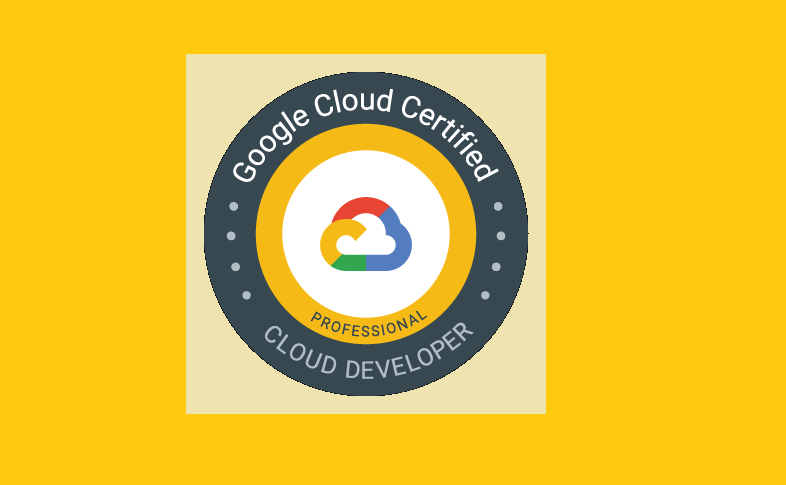When companies and other organizations require an alternative solution to the existing insurance industry, they turn to the world of captives. Started in the 1950s, captive insurance has grown as the commercial market has changed. It truly established itself in the 1970s when a commercial insurance crisis caused premiums to skyrocket.
Captives in the 21st Century
Today, thousands of companies, like Captive Resources, provide the programs or management required to establish corporate or group captive insurance programs. While it may seem fishy to some, it is a true way to control the policies while earning at the same time.
For more details, here are four advantages to corporate and group captive insurance.
Coverage for Uninsurable Activities
There are some situations that commercial health or life insurance companies don’t cover. Under a captive, these can be covered even at an increased risk to the company.
Full Control
There are commercial products, like whole life insurance, which say they provide control to the insured. However, this is by a proxy vote. In a captive, investors have full control. This means they can decide what policies to implement and premiums to set. In turn, this creates a level of predictability normally not seen on the commercial side of the insurance industry.
Centralized Costs
Under group captive insurance, underwriting takes place within the organization. Thus, fewer premiums are sent to third-party companies. This establishes a sense of control over the programs they offer as well as the risks they take.
Opportunity for dividends
Because increased loss management is built into a captive, the risk for fraud and other losses is severely decreased. This means investor dividends are practically guaranteed per the company’s distribution schedule.
There are other advantages to captive insurance programs, and you need to investigate those to get the full picture of the industry. Talk to other companies who have made the switch. Speak with captive management organizations on the required steps. And, if you are serious, conduct a feasibility study to determine the popularity of the program among your employees.



